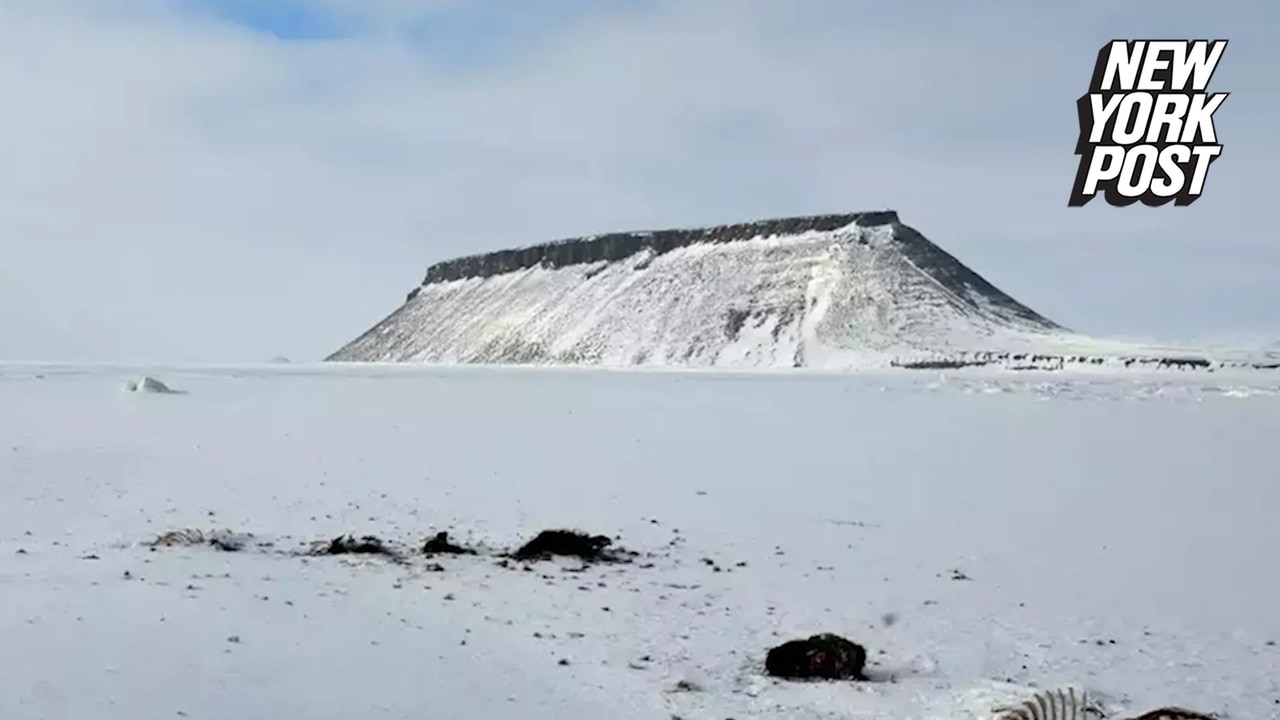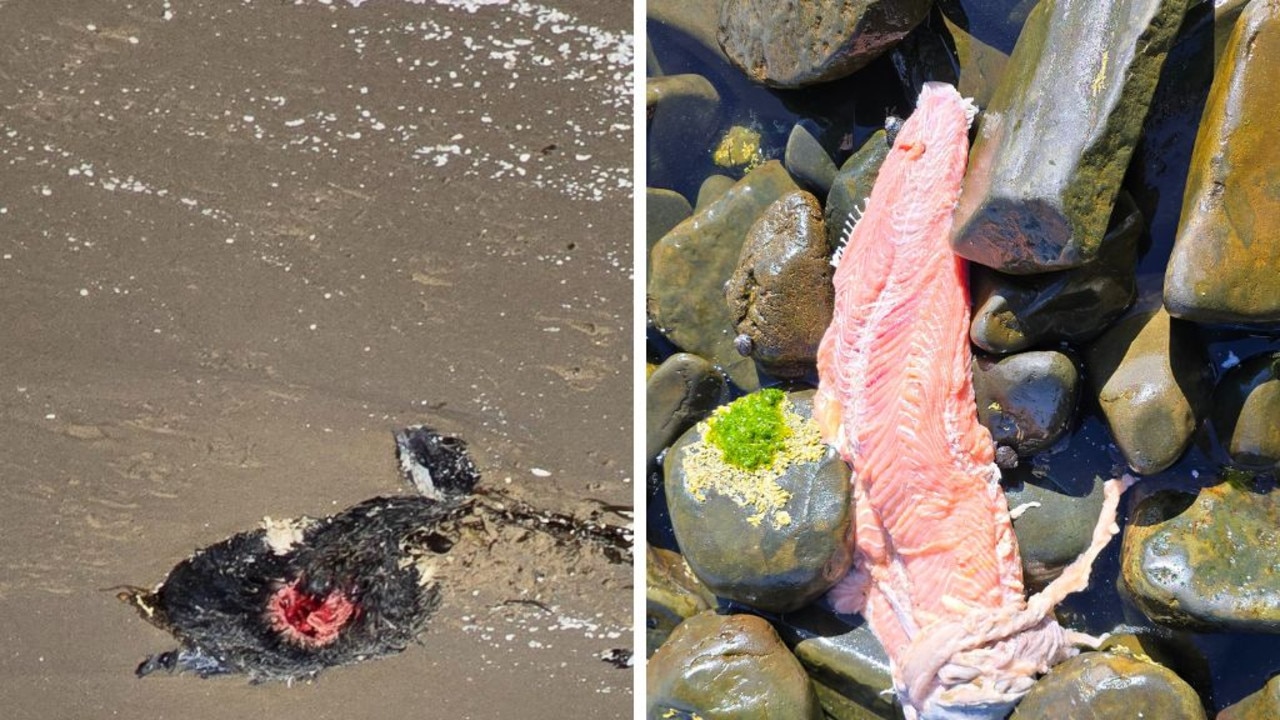NASA discovers underground ‘city’ beneath ice sheet
NASA researchers were stunned when they discovered an underground “city” beneath an ice sheet in Greenland.

Environment
Don't miss out on the headlines from Environment. Followed categories will be added to My News.
What’s old is new again.
NASA scientists discovered an underground “city” buried 30 metres beneath the ice of Greenland, the New York Post reports.
Researchers were shocked when their advanced radar technology picked up signs of human construction deep beneath the ice of the island territory’s tundra, according to the space agency.
Camp Century, an abandoned Cold War-era military installation, was rediscovered 30 metres beneath the ice by a NASA Gulfstream III back in April, according to a news release.


“We were looking for the bed of the ice and out pops Camp Century,” said Alex Gardner, a cryospheric scientist at NASA’s Jet Propulsion Laboratory who helped lead the project. “We didn’t know what it was at first.”
“Our goal was to calibrate, validate, and understand the capabilities and limitations of UAVSAR for mapping the ice sheet’s internal layers and the ice-bed interface,” said NASA scientist Chad Greene.
Little did researchers think they would discover an ambitious military project from the previous millennium.
Camp Century was designed to be a “city under the ice” — with plans for over 4,800 kilometres of tunnels meant to provide a tactical advantage in a nuclear fight against the Soviet Union.
The US Army Corps of Engineers built the massive structure at the behest of President Dwight D. Eisenhower, who sought to preserve the use of ground-deployed nuclear missiles as a key part of the nation’s nuclear deterrent policy, according to the Washington Post.
Camp Century was initially drawn up to be three times the size of Denmark (which owns Greenland), sitting at 134,000 square kilometres (about the size of Louisiana) and outfitted with 2000 firing positions from which 600 “Iceman missiles” would be launched in the case of nuclear war with the Soviets — a veritable revolver carved out of ice.
The missiles would be launched through “cut-and-cover” tunnels, carved 8.5 metres beneath the surface, according to an academic article titled “The Iceman that Never Came.”
Those 600 missiles would have been enough to destroy 80% of US targets in the Soviet Union and Eastern European, the Washington Post reported.
These sweeping military plans were kept secret from the Kingdom of Denmark, which owns Greenland. The US told Danish officials that the project was purely for scientific research purposes. The real motivations behind “Project Iceworm” were revealed in 1997, the Washington Post reports.

“Project Iceworm” and Camp Century were both abandoned in 1967.
In all, the project cost upward of $38 billion ($US25 billion) in today’s dollars and would be decommissioned due to the challenges associated with building beneath an ever-shifting ice sheet.
During his first term as president, Donald Trump floated the idea of purchasing Greenland from the Kingdom of Denmark in order to take advantage of the rare and strategic resources that reside on the icy tundra.
This article originally appeared in New York Post and was reproduced with permission
More Coverage
Originally published as NASA discovers underground ‘city’ beneath ice sheet




